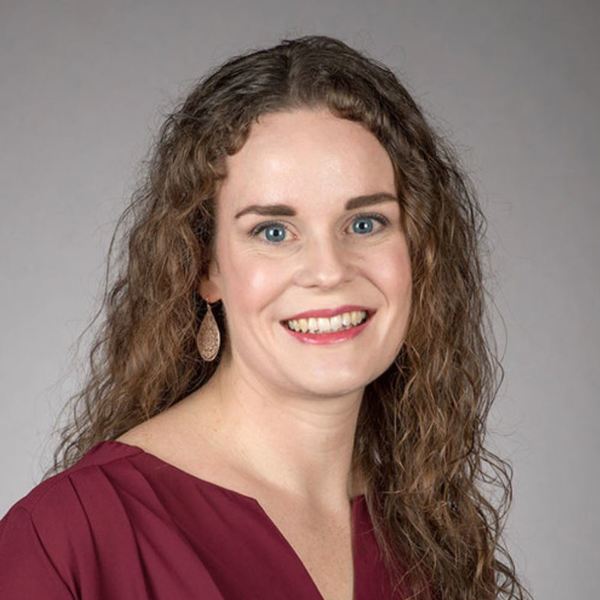Advent
by Jessica PowersI live my Advent in the womb of Mary.
And on one night when a great star swings free
from its high mooring and walks down the sky
to be the dot above the Christus i,
I shall be born of her by blessed grace.
I wait in Mary-darkness, faith’s walled place,
with hope’s expectance of nativity.I knew for long she carried me and fed me,
guarded and loved me, though I could not see.
But only now, with inward jubilee,
I come upon earth’s most amazing knowledge:
someone is hidden in this dark with me.
During the final week of Advent, the Church intensifies the preparations for Christ’s coming at Christmas by focusing the faithful’s gaze on the Blessed Virgin Mary. Jessica Powers’ poem Advent invites the reader to participate in that intensification by imagining herself in the womb of Mary, to “wait in Mary-darkness, faith’s walled place”—the protective, immaculate womb of her who is Mother of God, Mother of the Church, Mother of every Christian son and daughter.
The time of the unborn child in the womb is often misunderstood as a time of darkness and silence, yet even in those unknown depths, by certain stages in her development, the child’s eyes begin to perceive light and dark. Her ears begin to hear and even recognize the voices of her mother and father, along with the sounds of a mysterious outside world. The time in the womb is one of imperceptibility and hiddenness, but also a time of insistent, astonishing, exponential growth.
So often Advent meditations hold up the experience of parents waiting for the birth of their child, but the experience of the unborn child in the womb is also an Advent waiting. The unborn child waits—without control, without expectation of a conclusion, relying completely on her mother for nourishment and sustenance.
Powers speaks of this kind of waiting in the second stanza, recalling the sustenance, nourishment, love, and protection she herself received in “faith’s walled place,” under the maternal care of Mary, icon of the Church. Hidden within this enclosed sanctuary, Powers, even though “she could not see” the one who cared for her, grew in the life of “blessed grace.” She learned from her Mother Mary through her Mother Church how to “grow up in every way into him who is the head [of the Church], into Christ, from whom the whole body, joined and knit together by every ligament with which it is equipped, as each part is working properly, promotes the body’s growth in building itself up in love” (Eph 4:15b–16). Even St. Paul’s description of growth into Christ calls to mind the unborn child being knitted together in her mother’s womb (compare also to Ps 139:13).
It is this growth into Christ that enables Powers to become “the dot above the Christus i,”and it is for every person reborn in Christ to discover how they are being called to live out their Christian identity as members of his Body, the Church. All are called in their unique, unrepeatable way to become the dot above the Christus i, or the crossing of the Christus t: “Beloved, we are God’s children now; what we will be has not yet been revealed. What we do know is this: when he is revealed, we will be like him, for we will see him as he is” (1 Jn 3:2).
There is a singular difference between the Advent of the unborn child and the Advent to which Powers invites her readers: the unborn child is cognitively unaware of waiting, unaware that her time in the womb is destined to end some nine months after it began, unaware of the world that awaits her. We who celebrate this Advent, though, we know who and what we await, albeit imperfectly: “For now we see in a mirror, dimly, but then we will see face to face” (1 Cor 12:13). Just as an unborn child can only perceive light and dark soon to be revealed in a full vision of the world, just as she can only hear muffled voices soon to be beloved and echoes of songs soon to be learned, so too do we Christians have only an infant’s inkling of the One for whom we wait during this season. Yet, we continue to wait with “hope’s expectance of nativity.”
It is this kind of fruitful waiting that the Christian is called to embrace not only during Advent but throughout her life—for the entire Christian life is a sustained season of “waiting in joyful hope for the coming of our Savior, Jesus Christ.” We wait in the womb of the world, strengthened by the “most amazing knowledge” that Christ himself is waiting here in the darkness with us. We wait in the womb of the Church as children already reborn in Christ in this life through Baptism, yet still awaiting and ever preparing for that unknown hour—for that “one night” when the stars will swing free as the heavens open for us. Then, our waiting will cease, and in this new and final birth, we will grasp the heel of the One who waits in the darkness with us and follow Christ our head—for he always goes before us—into the light that knows no darkness, and we will enter with him at last into new and eternal life that has long awaited us in turn.

